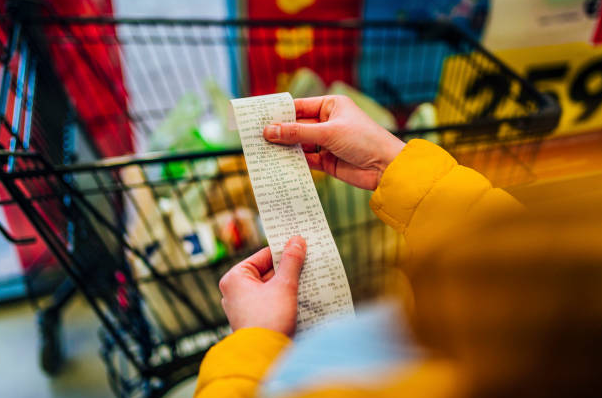Managing your household expenses is a necessary skill, especially when it comes to your grocery bill. Buying food is essential to survival, so many shoppers must get creative to reduce costs. Even small changes to your shopping habits can add up to significant savings over time.
While inflation has cooled off a bit, prices at the store still leave many buyers feeling squeezed and stressed. When every dollar counts, making them stretch as far as possible is essential. With the right strategies, you can confidently navigate the grocery store aisles and responsibly fill your fridge. Here are four savvy ways to reduce the cost of your grocery bill.
1. Don’t Get Burned by Fresh Produce
Eating plenty of fruits and vegetables is crucial to a balanced diet, but you don’t have to buy fresh to be healthy. Produce is notorious for going bad sooner than you can eat it. You’ve likely found the rotting remnants of some fruit or veggie in your fridge. Consider buying frozen and low-sodium canned foods instead to prevent your crisper drawer from becoming a produce graveyard. The shelf life is exceptionally better, meaning you won’t have to worry about tossing out decaying foods each week and wasting money.
In addition to their longevity, frozen and canned foods are often more affordable and still contain vital nutrients. Rethinking how you get your vitamins and minerals could also mean adding supplements to your diet. For example, super greens powder and multivitamins help support a healthy diet without relying on foods that spoil quickly. That keeps money in your wallet instead of in the trash.
2. Take Advantage of Coupons and Loyalty Programs
Coupons are held up as one of the best ways to lower your grocery total, and for good reason. You could go old school and clip coupons from mail flyers or newspaper inserts, but you don’t need to. Technology has helped revolutionize couponing, making it more convenient and accessible for shoppers. The internet is full of sites and apps that gather the best deals and load coupons right onto your phone.
In addition to couponing, signing up for a store’s loyalty program leads to significant savings at checkout. Participating in these programs can give you access to exclusive discounts, rewards, and offers based on your shopping habits. Many stores also have an app or email list detailing the items currently on sale. Staying connected gives you insider information on the best deals you can snag for the week.
3. Stick to a List
You always want a shopping list on hand whenever you enter the grocery store. When you’re strolling through the aisles, it’s easy to be enticed by the displays, promotions, and delicious-looking food. Impulse buying could fill your cart with more foods than you can reasonably eat.
A thoughtfully curated shopping list, on the other hand, helps you avoid products that will push you beyond your budget. And if you jot down items by department, it can streamline your shopping experience, making getting in and out of the store a breeze.
Planning out meals ahead of time also pushes you to buy products that can be used in multiple dishes, promoting savings and avoiding food waste. Food waste negatively impacts your budget and makes it unclear how much money you should actually spend at the store. In contrast, staying true to your list makes you prioritize the necessary items and avoid exceeding your budgetary limits.
4. Understand Expiration Dates
You could also be wasting money by throwing out food that hasn’t really gone bad. The USDA has identified confusion about expiration dates as a significant contributor to food waste.
Except for infant formula, the law does not require the dating of products. Manufacturers typically use what is known as “open dating” to tell consumers when the product will be at its best quality. This information also lets stores know how long they should display an item. In the U.S., there is no uniform description for open dating on food labels, so manufacturers use a variety of phrases. The most common are sell-by, use-by, freeze-by, and best if used by/before.
While this information can indicate a product’s likely shelf life, an expiration date isn’t always a hard-and-fast rule. As noted, the date stamped on food products often refers to quality standards, not safety. Take best-by dates into account, but use your eyes and nose to detect signals that food has gone bad. Mold, discoloration, sliminess, and rancid smells are the real signs that you should toss a product in the trash.
Responsible Habits Add Up to Significant Savings
Grocery shopping doesn’t have to be a mindless, routine chore. Embracing intention and resourcefulness at the store leads to immediate savings and cultivates a mindset of conscious consumption. These skills transfer over to other areas of your budget, leading to a broader range of savings for you in the long run. In an economy where every dollar counts, you can’t afford to ignore essential cost-saving strategies.
Getting savvy at the store also pushes you to be more sustainable and get the most out of the foods you buy. A better grocery bill starts with the willingness to explore new shopping habits and embrace opportunities for improvement. Success will ultimately depend on consistency, so view these habits as not just a short-term fix, but a long-term commitment to responsible shopping.








